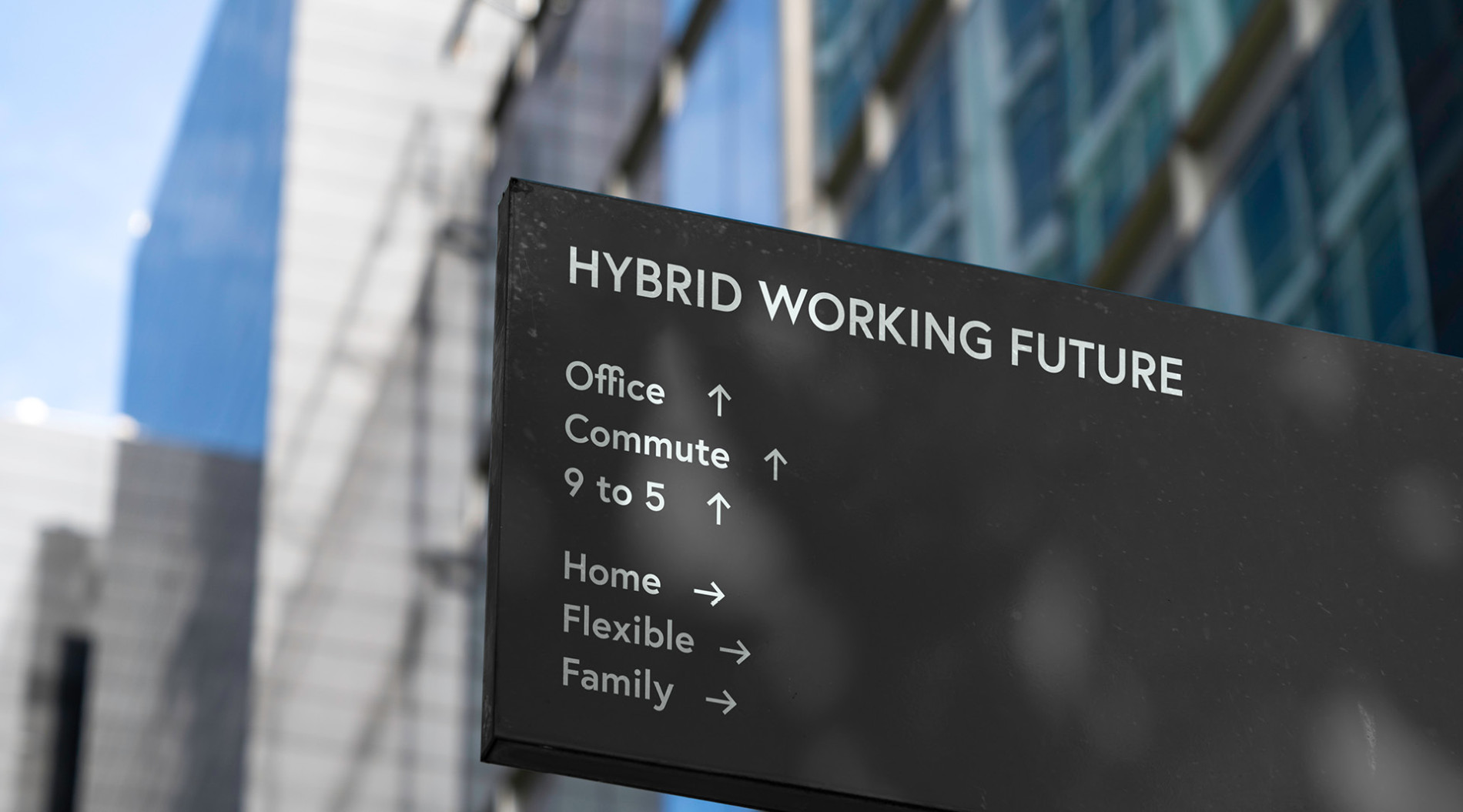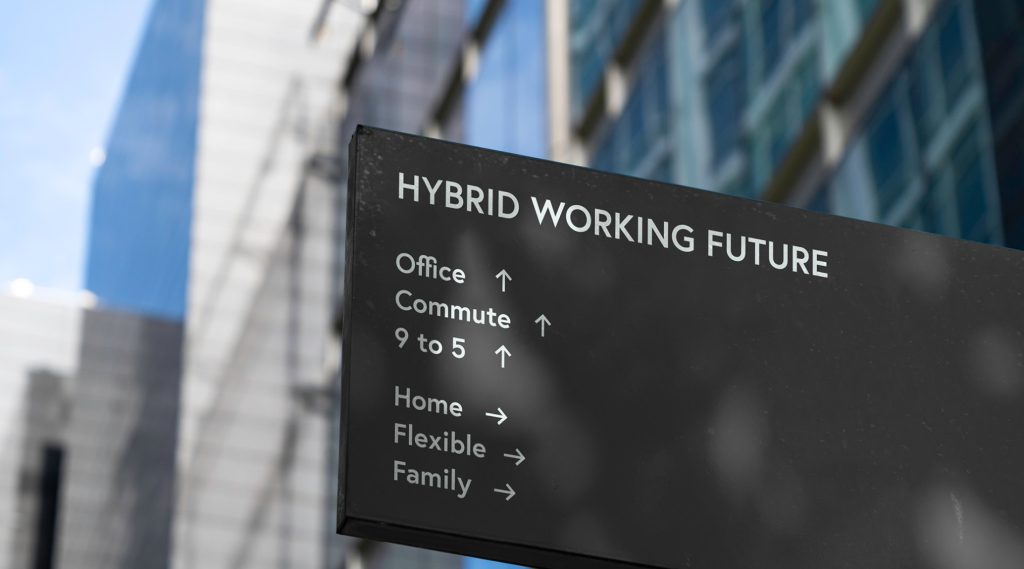Dealing with Employee Turnover: How to ‘Stop the Hop’
It was not too long ago that job-hopping was considered to be a career limiting move. The first question any potential employer would ask was why such short stints, or why so many jobs in such a short time? Over the past few years, however, it has not only become more commonplace, but job-hopping is now the new normal for Millennials.
On average, workers today stay at each of their jobs for about four and a half years and 91% of Millennials expect to stay in a job for less than three years. Moreover, we are reaching a stage where Millennials are now progressing into management roles but retaining their title as notoriously disloyal to employers. This means that the perception of job hopping has changed immeasurably.
In a study by the Association of Executive Search and Leadership Consultants, it was found that 80% of recruiters are more willing than they were 10 years ago to hire executive prospects who stay in a company for less than three years. At the same time, employees within the company increasingly focus on personal growth and fresh challenges, which makes the job of retaining staff an even greater uphill challenge.
However, while this new mentality towards employee loyalty – or disloyalty as it were – is great for the employees, it can have disastrous effects on an organisation. The cost of replacing an employee could run anywhere from 1.5 to 2 times their annual salary, while at the same time, productivity within the organisation also takes a hit. With job-hopping now becoming the new normal, organisations need to step up in several areas in order to keep a strong, dedicated and, most importantly, loyal workforce.
Every relationship thrives or dives based on the quality of the communication. This is no different for employees and managers. A Gallup report found that when managers are communicating daily with their employees, whether over the phone, digitally or face-to face, those employees are highly engaged. Also, employees who meet regularly with their manager are almost three times more likely to be engaged than those who don’t.
Engagement is a crucial part of why people stay in their jobs. In the Dale Carnegie Training Study, it was found that 69% of disengaged employees would leave their current job for as little as a 5% pay increase, while 46% of partially engaged employees would leave for the same amount. At the same time, only 26% of employees who were engaged would consider leaving for the same rate of pay increase. Clearly, engagement is something to pay serious attention to.
With job-hopping now becoming the new normal, organisations need to step up in these areas to keep a strong, dedicated, and most importantly, loyal workforce.
Download the whitepaper to learn how you can retain top talent in your business and stop the hop.












